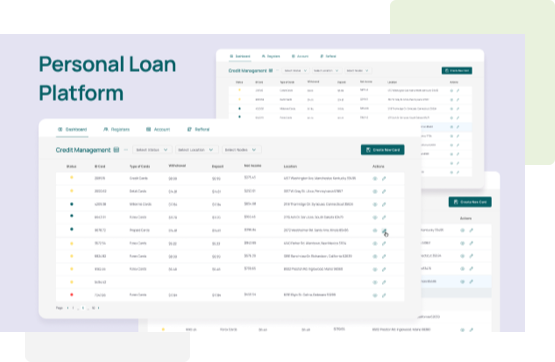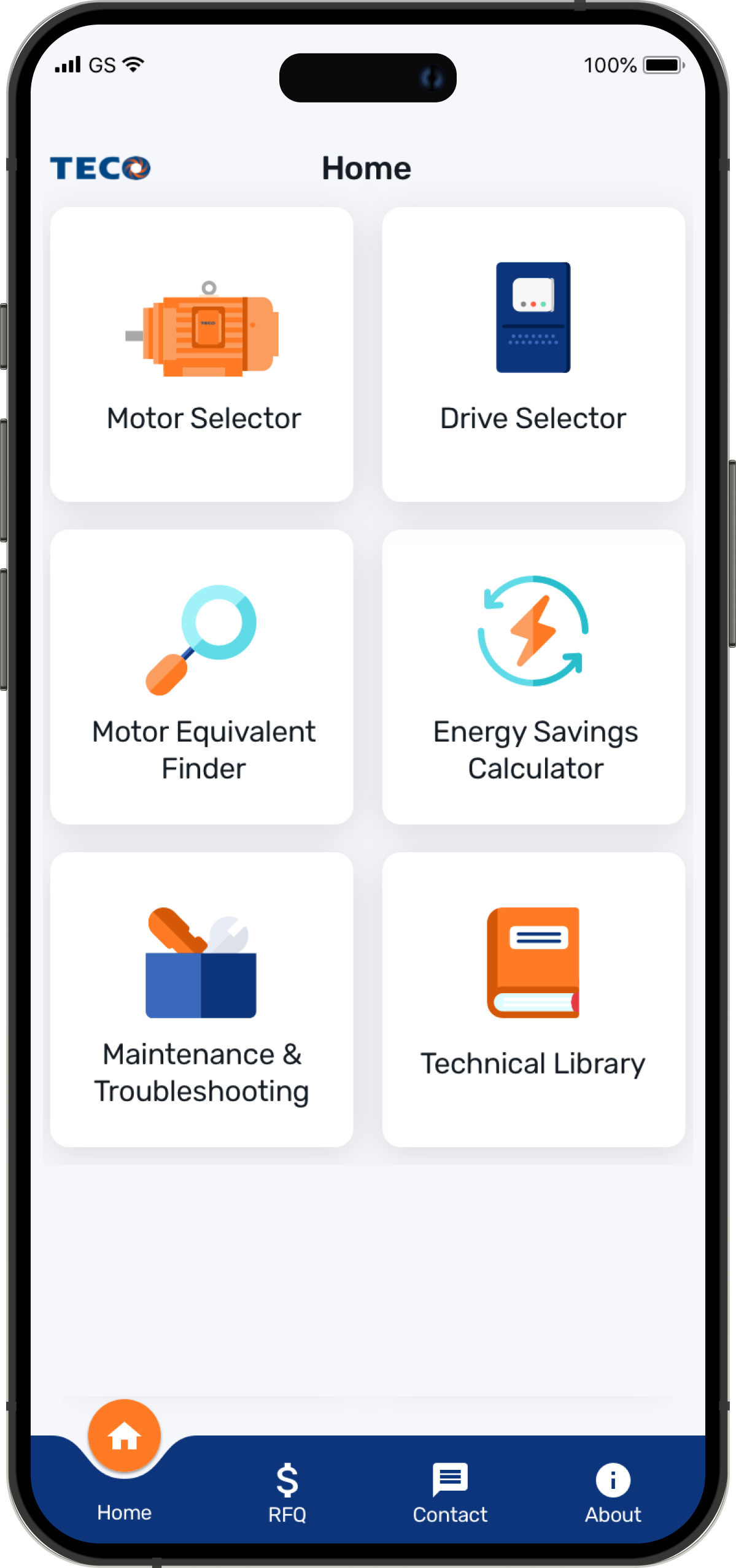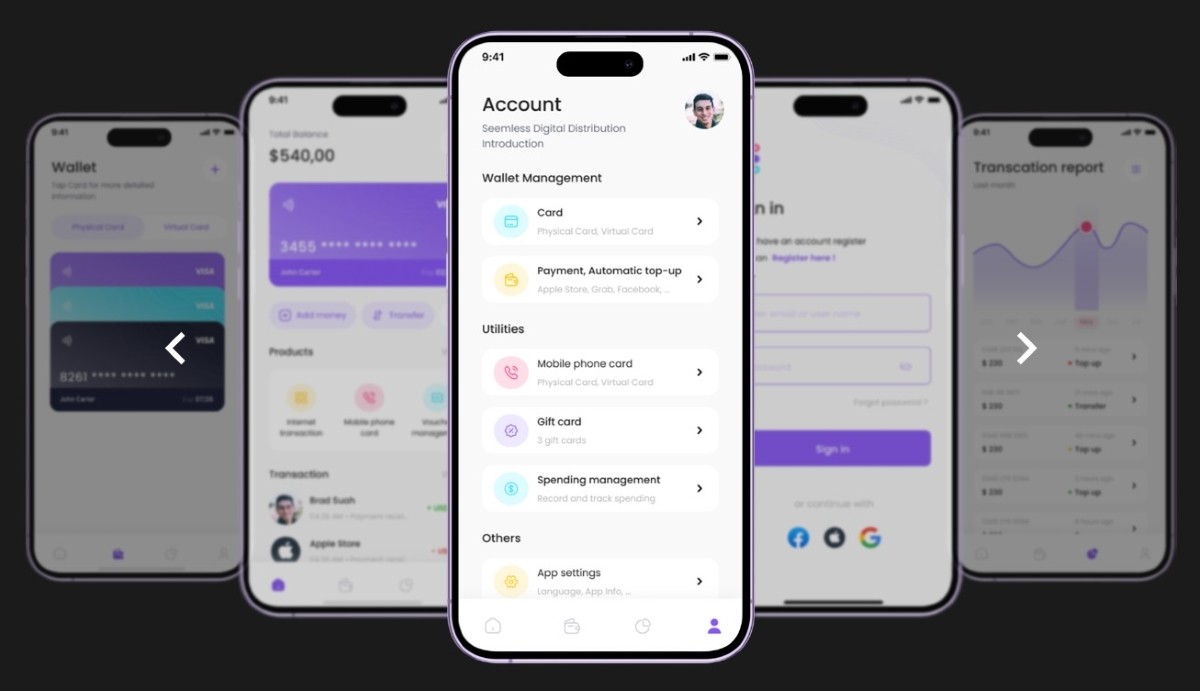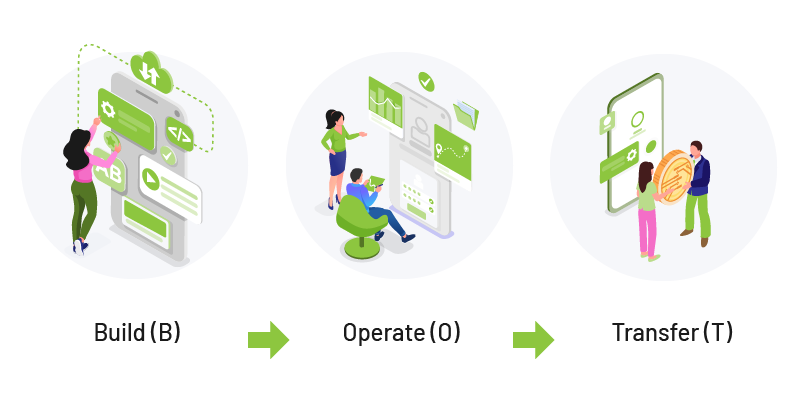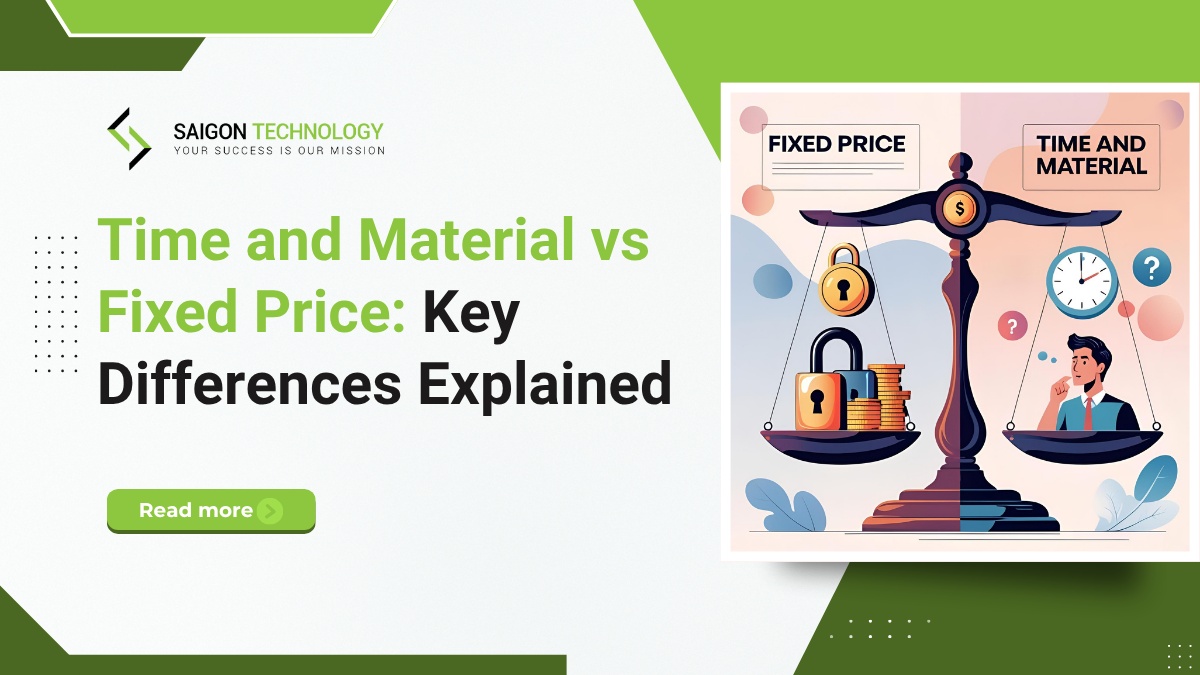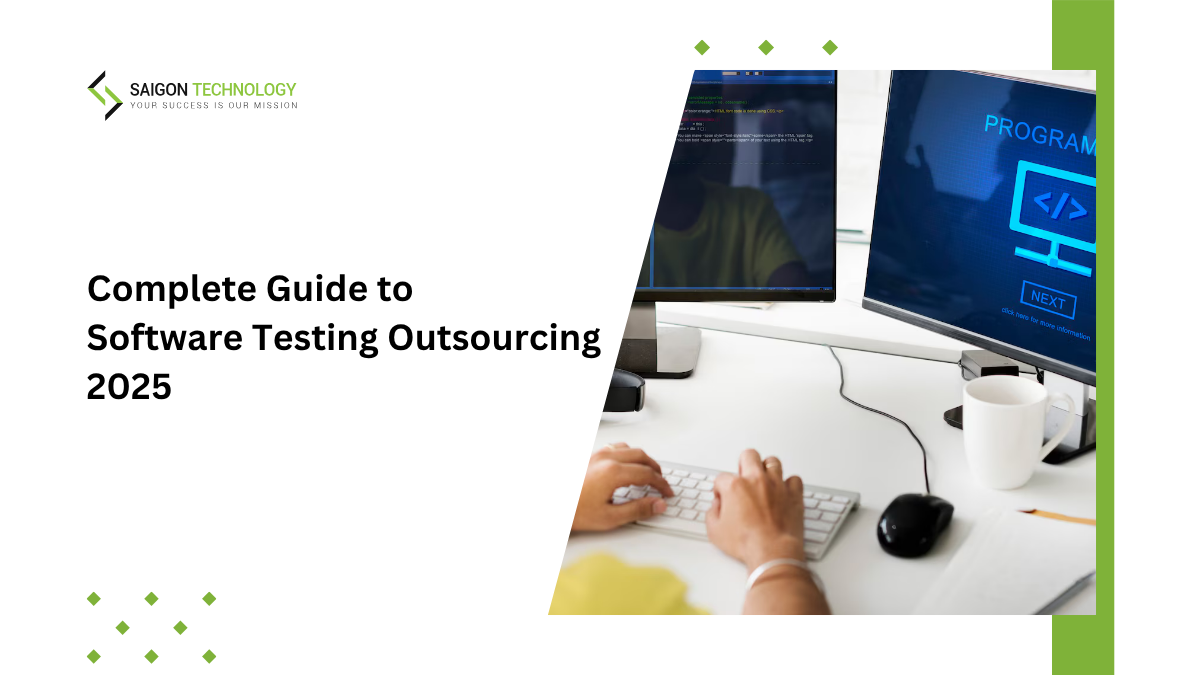-
OVERVIEW
-
SERVICES
-
MODELS
-
WHY CHOOSE US ?
-
OUR PROCESS
-
TECHNOLOGIES
-
FAQS
Saigon Technology - Your Go-To IT Staff Augmentation Company
IT team augmentation allows you to scale your in-house team with on-demand professionals. It helps you guarantee cost efficiency and flexibility in the cooperation duration. The value of this market was around $299.3 billion in 2023, and is expected to reach $857.2 billion by 2031.
Saigon Technology is a leading IT staff augmentation agency, serving over 300 clients across the US, Australia, UK, Germany, Singapore, and beyond. We have worked in the global offshore staff augmentation and outsourcing agency environment for years. Thanks to strong language proficiency and a deep understanding of Western culture, we can communicate with clients smoothly.
Let's make it clear how IT staff augmentation works! Imagine you need a developer to meet a tight deadline. Our certified software specialists bring domain-specific expertise to the table. Schedule technical and English interviews now to secure the right talent for your business!
Our Full Range of IT Staff Augmentation Services
Add Resources to Your Existing Project
If you choose this team augmentation, our experts will join your ongoing projects to enhance delivery.
- Ideal for short-term, long-term, and changing needs.
- Helps fill skill gaps and boost capacity with vetted software developers.
Use case: Your project is already running, and you need extra developers, designers, or QA engineers. With technical assessments, we add new members to support your goals.
Short-Term Staff Augmentation
With our IT resource augmentation services, we add specialists for brief periods, typically a few weeks to a few months.
- Ideal for urgent needs, workload spikes, and temporary skill gaps.
- Covers specific tasks like completing features, fixing bugs, and meeting seasonal demands.
Use case: You need additional engineers for several months to help with a product release.
Long-Term Staff Augmentation
The augmented staff works for your business for extended durations (6 months, 1 year, or more), supporting continuous integration.
- The staff serves as part of your core team.
- Provides stability and continuity for ongoing and complex projects under the guidance of your project managers.
Use case: You want to expand your engineering team for a long-term roadmap without hiring full-time staff.
Our Real-World Case Studies
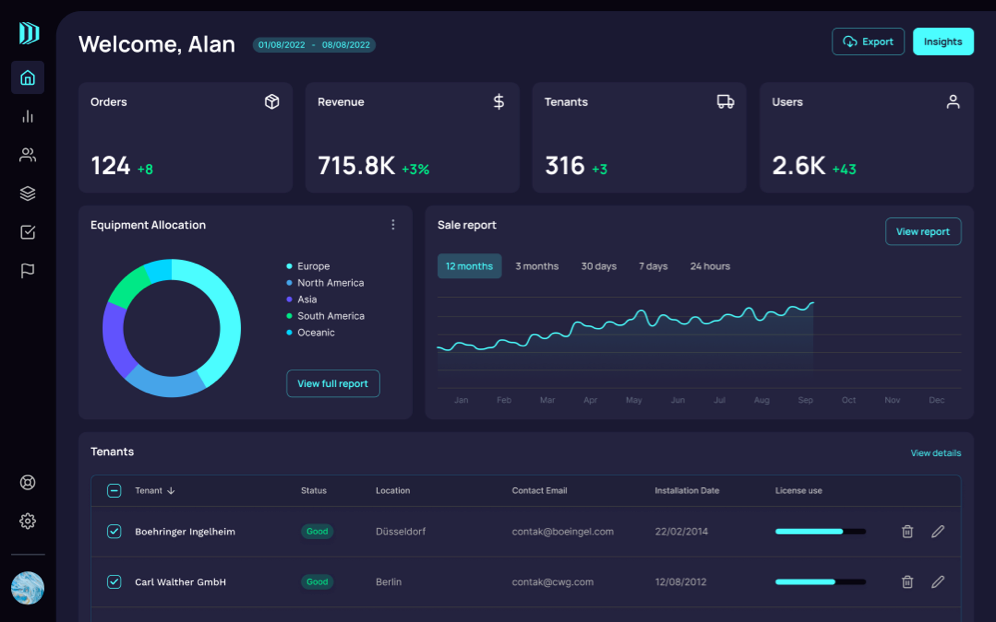
Visit DA
- Industry: Data Management
- Challenges: The client communicated in German, while we used English. Moreover, we had to handle complex computations across multiple tablets for report generation. This goal required a deep understanding of the existing database. The CanvasJS library was useful for displaying charts, but its capabilities were limited.
- Solutions: To overcome the language barrier, our project team used translation software to facilitate communication. The augmented staff worked closely with the client to understand the data's structure. The client also got sample reports for verification purposes. Code extensions helped meet the specific visualization requirements.
- Results: Thanks to well-structured outsourcing cooperation models, the developed platform could manage and visualize data to monitor equipment health across multiple locations. Users could then make informed decisions about how to allocate storage based on the data.

InstaCoupon
- Industry: Ecommerce
- Challenges: Good preparation, thorough testing, and smooth teamwork with other vendors were key to ensuring smooth data flow and functionality across diverse platforms. Additionally, the mobile application should perform smoothly across various services and operating systems, including Android and iOS. High employee retention rates and consistent coordination played a vital role, too.
- Solutions: Our augmented staff implemented a feature that triggered notifications to attract offers when directing beacon signals. We also retrieved deals from various stores, like bars, shopping outlets, and restaurants. Users only received their desired deals.
- Results: InstaCoupon allowed users to link and pay via bank for their purchases, with a strong focus on security. The app featured feasibility to meet user expectations for speed, accuracy, and reliability.
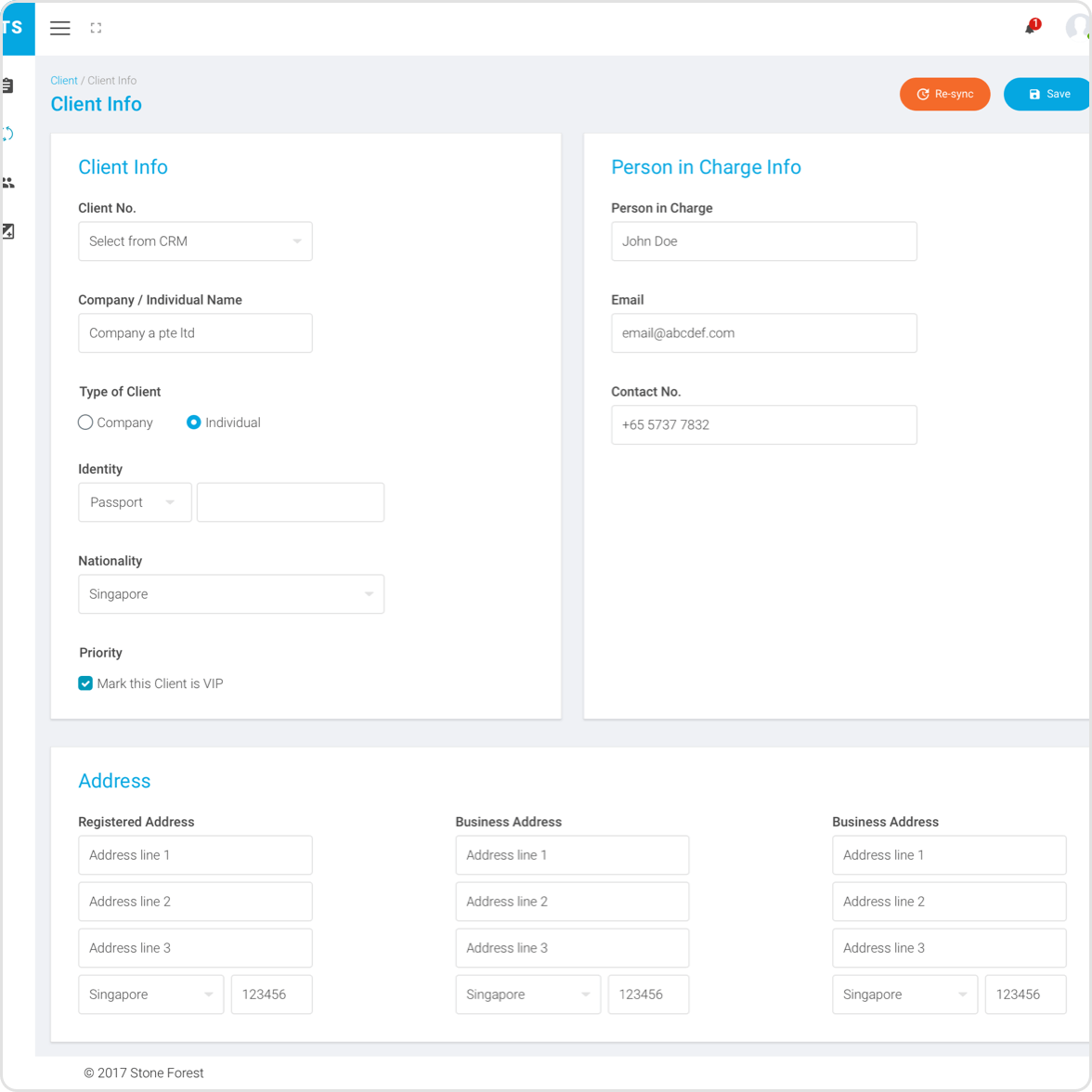
ITS – Tax Computation
- Industry: Tax
- Challenges: Previously, the client handled all tasks manually using basic software. End users were required to complete tax questionnaires on paper. There were numerous questionnaires to fill out. Moreover, the tax formula was complex. Since the results depended on user responses, even minor mistakes could lead to significantly incorrect tax outcomes.
- Solutions: The augmented staff used a minimal layout for tax questionnaires. We also studied user behavior on complex forms and enhanced the communication feature. With IT resource augmentation, we ensured the right experts were in place to reduce errors.
- Results: With the support of our staff augmentation services, the client could handle complex tax formulas. ITS benefited both tax consultants and taxpayers by saving significant time and effort while streamlining the entire process.
Other Success Stories
A Trusted IT Staff Augmentation Agency for Cost Efficiency

Why Choose Saigon Technology for IT Staff Augmentation?
 Rapid Team Extension with 350+ Engineers to Cover the Full SDLC
Rapid Team Extension with 350+ Engineers to Cover the Full SDLC
Saigon Technology has three software development centers in Vietnam. As a trusted IT staff augmentation company, we are ready to deliver resources for projects of any size. Our on-demand IT expertise is also backed by proven methodologies. With us, you will get scalable and secure solutions tailored to your business goals.
 Industry-Specific Expertise from Hundreds of Delivered Projects
Industry-Specific Expertise from Hundreds of Delivered Projects
Finding talent with hands-on experience across multiple industries is challenging. With 13+ years in offshore software development and global outsourcing, we provide clear career path guidance for our staff. We implement strategic resource allocation plans. This way, our employees can engage in various industry projects. Each staff member has domain-specific expertise in sectors like fintech, healthcare, e-commerce and retail. Thus, you can get valuable insights and high-quality software development.
 Access to the Top 1% Talent Pool in Vietnam with Full Support
Access to the Top 1% Talent Pool in Vietnam with Full Support
You can ask to recruit new talent for your project. We assign a dedicated account manager to each client to discuss project needs and find the most suitable solution. When hiring, we identify the top 1% of graduates and IT experts across diverse skill sets, including AI. Our TA team, tech leads, and the client interview the candidates. Thus, we ensure to select only certified technology professionals. This vetted talent selection process guarantees the right fit.
Beyond that, we plan and launch several talent acquisition programs for 2025 to attract new talent and grow our team.
 Flexible Collaboration for Short-Term and Long-Term Projects
Flexible Collaboration for Short-Term and Long-Term Projects
Looking for flexibility in cooperation duration? We will help you scale your internal IT team temporarily (one or two months) or permanently. You get help with both short-term and long-term team augmentation. Our top-tier outsourcing talents are ready to join your team and provide practical solutions for every project.
 Increased Technical Excellence
Increased Technical Excellence
AI is rising. If you want to follow the trend, consider our IT staff augmentation services. Our AI team works across industries, especially in fintech and healthcare. We even have a dedicated department focused on studying AI solutions. Our staff integrates AI into your workflow, speeding up project delivery. We have deep expertise across various tech stack solutions, including .NET, Java, Python, Angular, Node.js, React, Vue.js, iOS, Android, Cloud Architecture, and DevOps. With us, you can bridge talent gaps in your business.
 Seamless Execution with Agile Project Management
Seamless Execution with Agile Project Management
Technical skills alone are not enough for success. You also need to focus on project management. With IT staff augmentation from Saigon Technology, you can work with professionals proficient in Agile software development. Our sprint-based approach ensures we adapt quickly to your feedback. You can also enjoy a smooth vendor transition.
 Robust Data Security with ISO and NDA
Robust Data Security with ISO and NDA
You can work with freelancers, but security may be a big concern. In this case, consider partnering with a trusted offshore staff augmentation company like Saigon Technology. We follow strict data security processes, like NDAs, access controls, and data encryption. Plus, our team ensures safe development environments with VPNs, firewalls, and encrypted repositories. We offer regular audits and secure coding practices like OWASP. Compliance with ISO 27001, GDPR, and HIPAA guarantees your project remains protected in every step.
 English Fluency and Ability to Work Across Time Zone Differences
English Fluency and Ability to Work Across Time Zone Differences
We have delivered many IT resource augmentation and offshore software projects to clients worldwide. They appreciate our ability to handle time zone differences and provide 24/7 support. Our developers have soft skills like English and communication. Cultural awareness makes us an ideal fit for global projects.
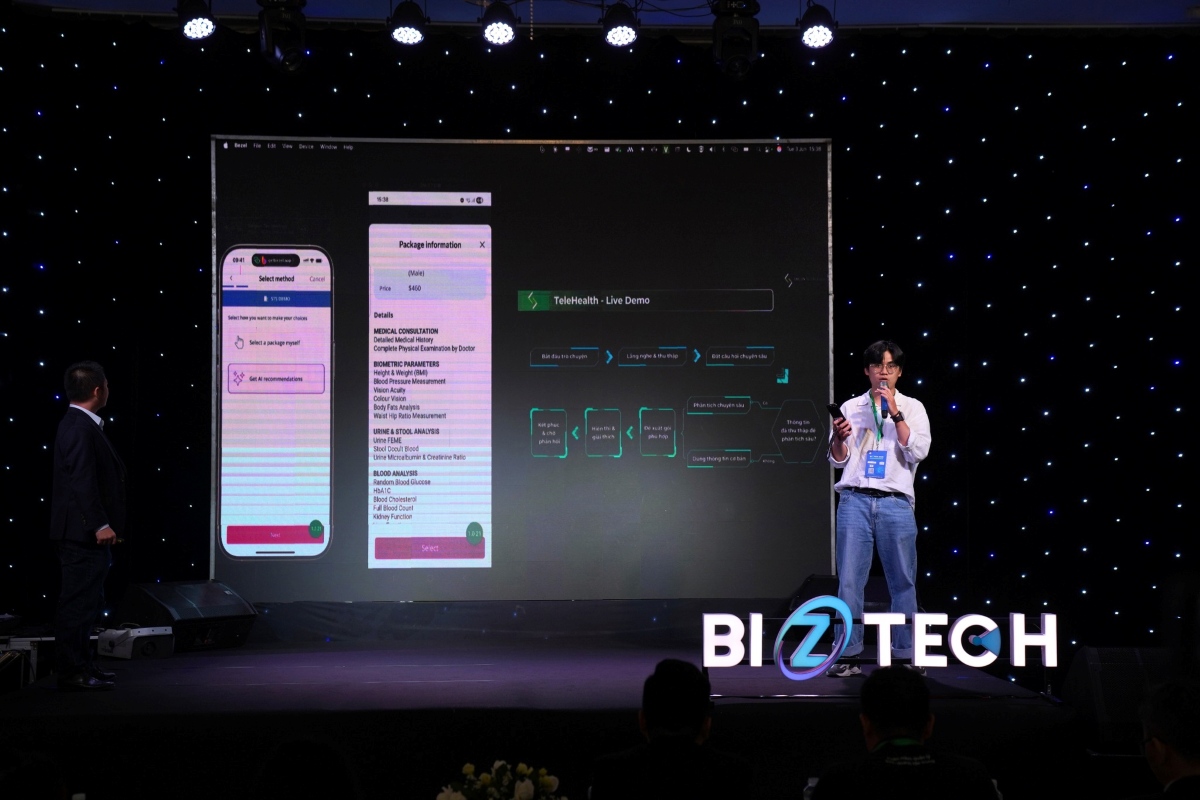




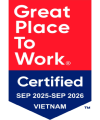


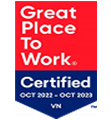




Our Clients
Client Testimonials
Diverse Industries Served
Specialized IT Staff Augmentation Roles
Back-End Developer
Augmented software developers build and maintain your app's server-side logic. Through our staff augmentation solutions, we ensure your business-critical operations run with optimal performance, scalability, and security.
Front-End Developer
Front-end IT team augmentation offers skilled experts to create responsive, user-friendly interfaces. With us, you can enhance customer experience across all devices and browsers.
AI Engineer
Augmented AI engineers work closely with your project managers to design intelligent solutions, like chatbots and predictive models. This way, you can automate tasks and deliver insights faster.
Mobile App Developer
On-demand app developers build high-quality iOS, Android, and cross-platform apps. With impressive features, the apps can engage users and align with your business strategy.
DevOps Engineer
Our DevOps engineers streamline deployment pipelines, enhance automation, and ensure infrastructure reliability. This way, you can accelerate product delivery.
Software Architect
Software architects design secure, scalable systems tailored to complex business needs. You will also receive expert IT consulting to improve long-term product sustainability.
QC Engineer
Quality control engineers support your augmented team by ensuring software reliability and stability. Our QA & software testing solutions include rigorous testing and continuous improvements.
Business Analyst
Business analysts improve collaboration between technical teams and stakeholders. Our managed IT services help streamline processes. We ensure clear requirements and align with your business goals.
UI/UX Designer
Augmented UI/UX designers offer user-centric designs. With our help, you can maximize engagement, satisfaction, and conversion across digital platforms.
Data Analyst
Data analysts join your team to find trends hidden in your data. Our insights empower your decision-making and fuel your business growth.
Data Engineer
Through IT staff augmentation, our data engineers build and manage data pipelines. We keep the data flow smooth to support analytics and machine learning solutions.
Benefits of IT Staff Augmentation Versus Other Models
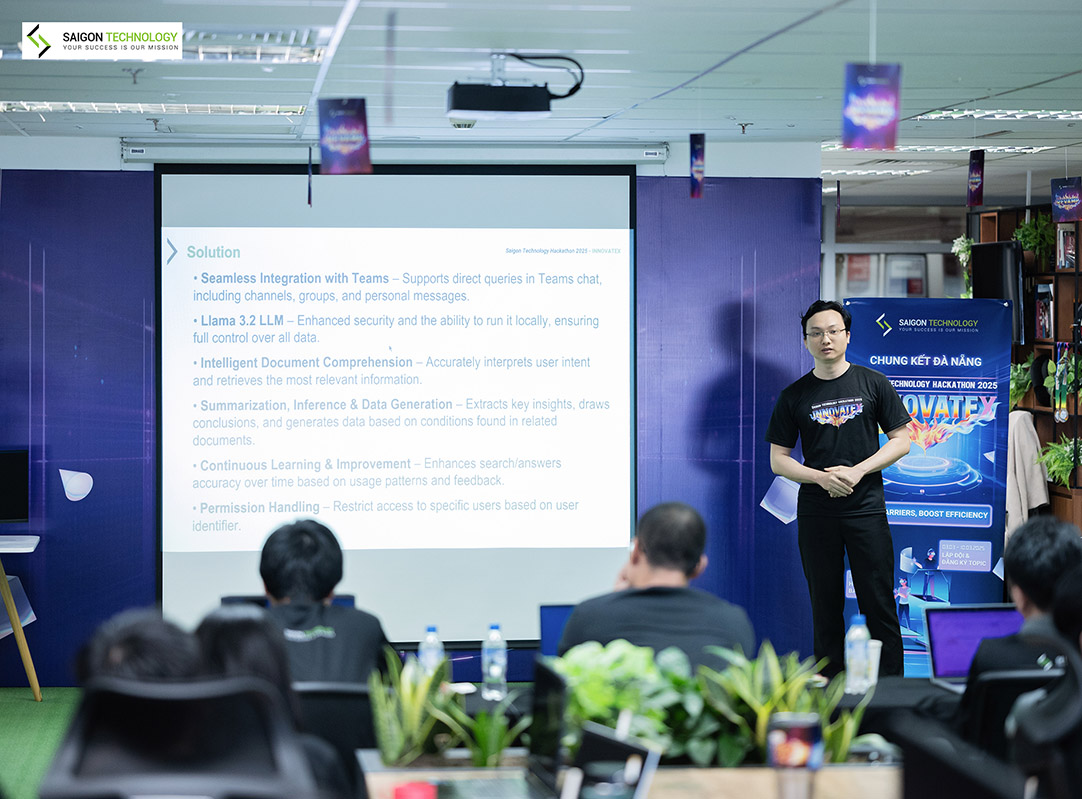
 Flexibility and Scalability
Flexibility and Scalability
You can scale your workforce effortlessly using temporary roles for rapid scaling and flexible team sizing. Our model ensures seamless integration into your existing workflows. No need for long-term contracts and complex HR processes!
 Cost Reductions
Cost Reductions
With IT staff augmentation, you work with top-tier talent without having to struggle with recruitment, training, and employee benefits. Thus, you can enjoy cost efficiency and reduced overheads.
 Access to Specialized Skills
Access to Specialized Skills
By choosing IT team augmentation, you can find specialized skills and gain access to a global talent pool without outsourcing the entire project. The best thing is that you can skip lengthy hiring cycles.
 Full Control & Risk Mitigation
Full Control & Risk Mitigation
With resources managed by the customer, you maintain direct control over your team and processes. Plus, there are fewer risks related to vendor lock-in and outsourcing dependency.
 Accelerated Time to Market
Accelerated Time to Market
Since there are no lengthy hiring cycles, you benefit from the elimination of recruitment hassles. This approach allows for speedy onboarding and project acceleration.
 Fewer Legal Hassles
Fewer Legal Hassles
IT staff augmentation companies take care of contracts, taxes, and cross-border hiring. Legal compliance becomes much easier then.
Steps in Our Staff Augmentation Process
Define Your Requirements
First, tell us about your business in a discovery call. Right here, we go over your project scope, requirements, success criteria, budget, time scale, and required skills. We can also learn how IT resource augmentation helps as an outsourcing model, or whether you need a blended-shore approach.
Select Developers
We provide ready-to-go staff to fill urgent talent gaps. Each professional goes through soft skills and technical assessments to ensure strong domain expertise, English proficiency, and cultural fit. If you need long-term collaboration, you can join the selection and interview process.
Onboard with SOW and NDA Negotiation
Staff augmentation includes structured integration with your in-house team. Brief your hires on project details and assign tasks to each member through intelligent onboarding workflows. Besides, our onboarding process includes signing clear SOW agreements and strict NDAs. The dedicated onboarding support ensures fast integration, full confidentiality, and a defined scope.
Kick Off the Cooperation
Now, our resources start working on your project. You can assign specific tasks to the staff and monitor their performance via productivity monitoring tools for smooth collaboration through overlapping working hours. Plus, we help you scale the team size flexibly as project demands change.
Deliver Your Project
We don't stop at providing resources. At Saigon Technology, we ensure you are satisfied with the end product. Our IT staff augmentation expertise drives your project to success.
Our Insights
FAQs
When Should You Choose IT Staff Augmentation?


IT staff augmentation is ideal when you:
- Need an extended team with augmented staff from a vendor.
- Work on urgent, evolving, and short-term projects.
- Prioritize cost-effectiveness as you quickly scale your workforce without long-term hiring.
- Seek niche expertise while maintaining direct control over the project. You can hire a full-time project manager, or a part-time project manager as required.
However, if you prefer full vendor accountability or when your in-house team lacks management capacity, consider staff augmentation vs. managed services. The latter may be the better choice. And if you need a fixed-price model, consider T&M with a cap.
What Are the Potential Risks of Staff Augmentation?


IT staff augmentation services give you a high level of flexibility. Yet, you should be aware of these risks:
- Communication gaps due to time zone, cultural, and language differences.
- Integration challenges in aligning augmented staff with your internal team and workflow.
- Security and IP concerns when working with sensitive data.
- Hidden costs and strain on your internal team due to unclear oversight and onboarding.
But don't worry! You can mitigate risks with strong contracts, effective project management tools, and strategic guidance.
How Much Does IT Staff Augmentation Cost?


The cost of IT resource augmentation varies based on skill level, region, duration, and role. For example:
- Onshore (US, EU): $70–150/hour
- Nearshore (Eastern Europe, Latin America): $40–80/hour
- Offshore (Asia, Africa): $28–50/hour
Short-term projects or niche expertise may cost more, while long-term contracts often bring cost savings. You need transparent quotes and clear onboarding processes to avoid risks.
Can I Interview and Approve Candidates Before They Join My Team?


Yes. With our IT staff augmentation model, you can interview, evaluate, and approve each candidate before onboarding. This way, you can ensure a perfect fit in terms of technical skills and communication style.
What Happens If A Developer from Saigon Technology Doesn't Perform As Expected?


In this case, we quickly assess performance using predefined KPIs and team feedback. Our on-demand IT expertise model includes performance management measures to enable instant replacement without disrupting your project. Thanks to this flexibility, we can immediately adjust the team composition to meet your needs.
While Your Staff Is Working Remotely, How Can Saigon Technology Protect Sensitive Data?


As a reliable IT staff augmentation company, we implement strict data security protocols to safeguard your sensitive information. Our solutions also include NDAs, IP protection, secure VPN access, encrypted communication, and role-based data control. Additionally, we conduct regular security audits in accordance with standards such as ISO 27001 and SOC 2. Ongoing cybersecurity training helps mitigate risks associated with human errors.


